
The tongli steel slag vertical mill is a special equipment for steel slag processing. Steel slag is mainly composed of oxides such as calcium, iron, silicon, and magnesium. It is formed at a steelmaking temperature of 1500-1700℃. It is liquid at high temperature and becomes a block after slow cooling. In industrial production, it is used in the form of micro powder to make full use of the potential gelling activity of steel slag. In this way, the shortcomings of large fluctuations in steel slag composition, poor grindability, and poor stability are overcome, so that steel slag can be used in different industries.

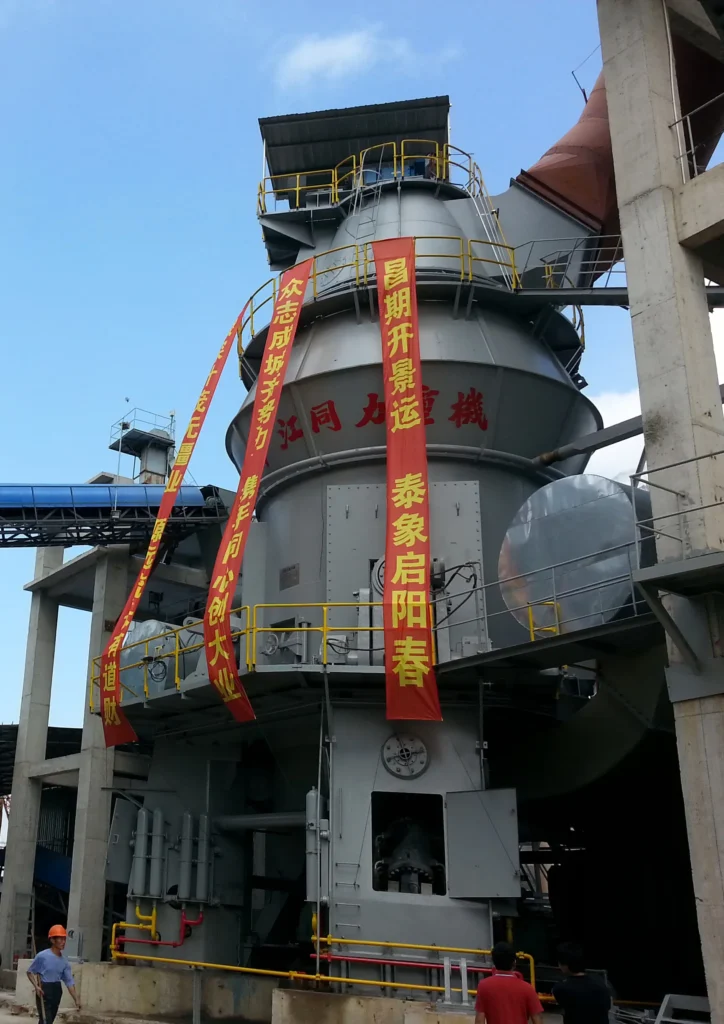
One machine, two jobs
A MACHINE YOU CAN DEPEND ON!
Specially designed for steel slag grinding, with strong wear resistance and efficient grinding capacity. Its optimized structure and high-pressure grinding system can effectively improve the crushing efficiency of steel slag and promote the reuse of steel slag.
The slag vertical mill adopts the material bed grinding principle. The slag particles are ground inside the vertical mill through rocker arm pressure roller pressing and shearing action, which can quickly reach the required fineness. In addition, the grinding process of the slag vertical mill is more stable, and the product particle size distribution is uniform, which helps to improve the quality of downstream products.
The design of the steel slag vertical mill enables it to have a long service life. The wear-resistant materials inside the equipment are high-quality and durable, which reduces the trouble of frequent replacement of wearing parts. At the same time, the vertical mill has a compact structure and convenient maintenance. The external hydraulic roller device can achieve the replacement of accessories within 1 hour, and the downtime is short, which helps to maintain continuous production and improve overall production capacity.
The steel slag vertical mill has uniform discharge particle size and stable product quality, which is suitable for the production of steel slag micro-powder with different fineness requirements. By adjusting the operating parameters of the vertical mill (such as grinding roller pressure, feed amount, wind speed, etc.), the product fineness can be flexibly adjusted to meet the needs of different application fields. The vertical mill is also equipped with an efficient powder selector to ensure that the distribution of product particle size is more concentrated and improve the stability of finished product quality.
| Model | Mill Disk Diameter (mm) | Capacity (t/h) | Raw Material Moisture | Raw Material Fineness | Product Moisture | Motor Power (kW) |
| ZJTL32/2 | 2600 | 85-100 | <10% | R0.08 < 12% | ≤1% | 800-1120 |
| ZJTL34/3 | 2800 | 130-160 | <10% | R0.08 < 12% | ≤1% | 1120-1250 |
| ZJTL42/4 | 3400 | 190-240 | <10% | R0.08 < 14% | ≤1% | 1800-2000 |
| ZJTL44/4 | 3700 | 240-300 | <10% | R0.08 < 14% | ≤1% | 2500-2800 |
| ZJTL50/4 | 4200 | 320-400 | <10% | R0.08 < 14% | ≤1% | 3150-3350 |
| ZJTL53/4 | 4500 | 400-500 | <10% | R0.08 < 14% | ≤1% | 3800-4200 |
| ZJTL56/4 | 4800 | 440-550 | <10% | R0.08 < 14% | ≤1% | 4200-4500 |
| ZJTL60/4 | 5100 | 550-670 | <10% | R0.08 < 14% | ≤1% | 5000-5400 |
| ZJTL65/6 | 5600 | 600-730 | <10% | R0.08 < 14% | ≤1% | 5600-6000 |
QUALITY NEVER GOES OUT OF STYLE
Steel slag is harder and denser, often in block or granular form, with higher strength and larger specific gravity. Since steel slag solidifies by natural cooling or artificial control, it cools slowly and forms a larger crystalline structure, so its physical properties are closer to natural stone.
The chemical composition of steel slag is relatively complex, usually containing higher calcium oxide, magnesium oxide, silicon oxide and iron oxide. Due to the presence of these components, steel slag has a certain activity and can react with other substances under appropriate conditions. The main applications of steel slag include as an admixture in cement and concrete, road base material, and waste mine backfill material.
In addition, steel slag is often used in the production of building materials due to its hardness and wear resistance, and has a wide range of industrial uses. Water slag forms a glassy structure due to rapid cooling through water quenching, with a loose texture and smaller particles, usually in powder or granular form. Water slag has a smaller specific gravity and potential hydraulic hardness, which allows it to be further hydrated after mixing with cement, increasing the strength and durability of cement.
The chemical composition of slag is relatively stable, mainly composed of silicon dioxide, calcium oxide and aluminum oxide. This stable chemical composition makes slag a high-quality mineral admixture and is widely used in cement production. In addition, slag can also be used to produce building materials such as concrete and bricks, which can improve the performance of these materials and make them widely used in the construction field.
Slag mills are capable of handling materials with high hardness and strong abrasiveness. Slag mills are usually designed with more wear-resistant materials and more robust structures. For example, the materials of the rollers and discs are usually wear-resistant alloys, and even carbide inlays are used.
The rollers and discs must also be designed with strong wear resistance and impact resistance to meet the needs of slag handling. Due to its larger particles and higher hardness, slag has relatively low grinding efficiency and high energy consumption. Slag mills usually require higher roller pressure and greater power consumption to complete the grinding process.
Water slag mills are relatively lightweight in design because slag has a lower hardness. Rollers and discs are usually made of more standard wear-resistant materials, and the design focuses more on improving grinding efficiency and reducing energy consumption. The structure of the water slag mill can be relatively simplified to accommodate lighter materials.
Water slag has a higher grinding efficiency and relatively low energy consumption. Since slag is soft, the roller pressure and power required in the grinding process are lower, so that the slag vertical mill can achieve a better energy efficiency ratio in the production process.
The products of slag vertical mill usually have good fineness and uniformity. The particle size requirements of slag powder are high, which can meet the needs of cement production and other building materials. Therefore, the powder selector and grading system of slag vertical mill are usually designed more precisely to ensure the fineness and uniformity of the product.
Steel slag and other raw materials are transported into the factory by loading trucks, and then sent to the slag storage shed for storage and drying through the unloading hopper and belt conveyor. The stacked slag is picked up by a forklift, unloaded through a bar screen and entered into the receiving hopper, and the raw steel slag is evenly and quantitatively transported to the rubber belt conveyor through a metering belt conveyor.
During the transportation process, the raw steel slag is subjected to multiple iron removal operations by the iron removal device, and then quantitatively and continuously fed into the LM steel slag vertical mill for grinding through air-locking feeding equipment such as a screw conveyor.
The raw steel slag entering the mill falls into the center of the grinding disc. Under the action of centrifugal force, the steel slag moves evenly to the edge of the grinding disc, and is crushed by the continuous rolling of the grinding roller and the material layer. The ground steel slag powder is dried while being selected by the powder selector with the help of the hot air provided by the hot air furnace.
Steel slag particles with unqualified particle size fall back from the cone hopper to the grinding disc for re-grinding. The qualified slag powder is transported to the dust collector after being discharged from the mill along with the air flow, and then stored in the finished product warehouse by the air conveying chute and elevator.
Optimize the feeding particle size: Controlling the particle size of steel slag within the range of 20-30mm can significantly improve the grinding efficiency. According to industry research, after particle size optimization, grinding efficiency can be increased by 15%-20%.
Increase the grinding roller pressure: Steel slag has high hardness, so appropriately increasing the grinding roller pressure can increase the grinding force. By appropriately adjusting the grinding roller pressure (such as increasing from 6000kN to 7000kN), the grinding efficiency can be significantly improved. Relevant data shows that after increasing the grinding roller pressure, the grinding efficiency can be increased by 10%-15%.
Reasonable configuration of the powder selection system: Optimizing the speed and classification efficiency of the powder selector can effectively reduce the return powder rate and avoid repeated grinding of unqualified products. By adjusting the speed of the powder separator and improving the blade design, the powder selection efficiency can be increased by 5%-10%, thereby improving the overall grinding efficiency.
Hot air drying system is used: Steel slag contains a certain amount of moisture, which increases the difficulty of grinding. By introducing a hot air system, materials can be dried simultaneously during the grinding process, improving the working efficiency of the mill. When using a hot blast stove, drying and grinding are carried out simultaneously, the moisture content of the steel slag is controlled below 1%, and the grinding efficiency can be increased by 10%-12%.
High-hardness slag processing: The Mohs hardness of slag is usually between 5-7, especially in some converter steelmaking processes, the hardness of slag will be higher. To deal with high-hardness slag, slag vertical mills usually use wear-resistant alloy or carbide inlaid grinding rollers and grinding discs. According to experimental data, wear-resistant alloy materials can extend the service life of grinding rollers by 30%-50%, ensuring that the equipment maintains stable grinding capacity when processing high-hardness slag.
Medium-hardness slag processing: For medium-hardness slag (such as Mohs hardness between 4-6), slag vertical mills find a good balance between grinding efficiency and energy consumption. The grinding roller pressure is generally controlled at around 6000kN, and the grinding disc speed is between 60-80rpm. Through this configuration, the grinding efficiency and energy consumption ratio can be optimized to the best level. According to actual data, the grinding efficiency of this type of slag can usually reach more than 85%, and the energy consumption is low.
Low-hardness slag treatment: Some special slags (such as soft slag produced by blast furnace steelmaking) have a low hardness, with a Mohs hardness between 3 and 4. When treating this type of slag, the slag vertical mill can reduce the roller pressure to about 5000kN and adjust the grinding disc speed to 50-70rpm. For low-hardness slag, the grinding efficiency can reach more than 90%, and the energy consumption is 10%-15% lower than that of treating high-hardness slag.
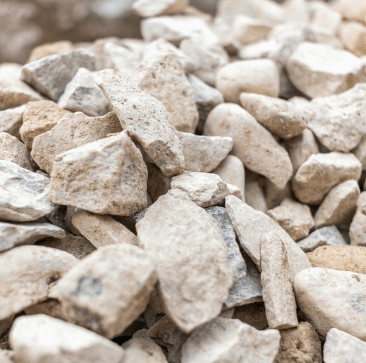
Cement raw material is the main raw material for cement production. It can be processed by steel slag vertical mill to improve its fineness and uniformity, thereby improving the performance of cement.

Fly ash is a by-product produced by thermal power plants. It can be processed by steel slag vertical mill to improve its activity as a cement admixture and enhance the strength of cement.
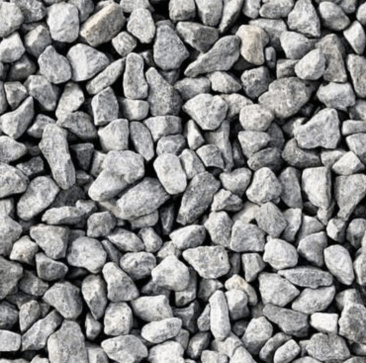
Limestone is an important raw material for cement manufacturing. Steel slag vertical mill can be used to finely grind limestone to ensure its uniform distribution and reactivity in cement.
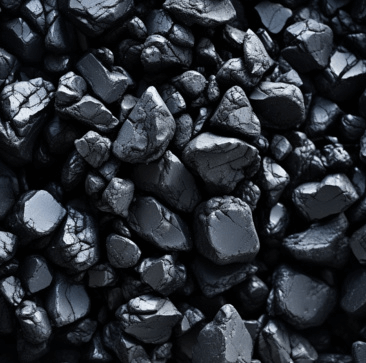
Slag is a by-product produced during the smelting process. After being crushed by steel slag vertical mill, it can be used to produce slag cement to improve the durability and corrosion resistance of cement.
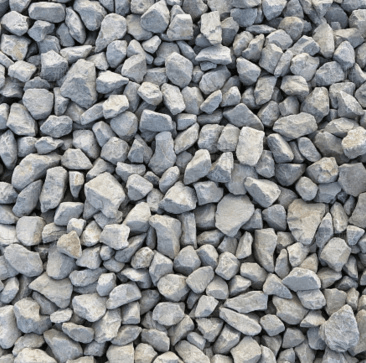
Silica fume is a highly active mineral admixture. After being processed by steel slag vertical mill, it can effectively enhance the compressive strength and impermeability of concrete.

Gypsum plays a role in regulating the setting time in cement production. After fine grinding by steel slag vertical mill, its compatibility with cement can be improved.
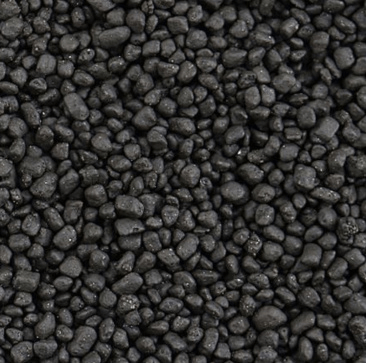
Recycled materials such as construction waste can be reprocessed through steel slag vertical mills to achieve resource reuse, reduce production costs, and comply with the concept of sustainable development.
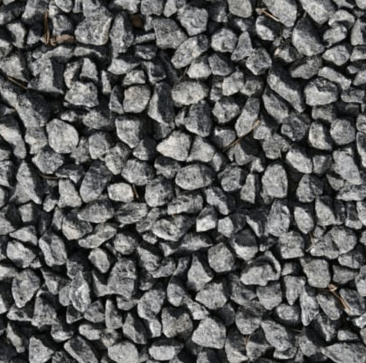
Various mineral additives such as bentonite and sawdust can improve the performance of cement, enhance its processing adaptability and environmental friendliness after being crushed by steel slag vertical mills.
You can get in touch with us through the following contact information
AddressNo. 2289 Huancheng South Road, Tongxiang, Jiaxing, Zhejiang Province, China. Zip code:314500
Please fill in the sales inquiry form and our sales representatives will be in touch shortly.